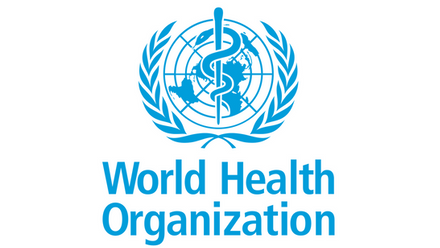The Achieving Efficiencies in Blood Component Production session included the following presentations:
1. Shanti Krishnan: Automation In Blood Product Manufacturing
2. Joanne Tan: Assessment Of Biological Response Modifiers In Cold-Stored Group O Whole Blood Product
3. Beatrice Hechler: In Vitro Biochemical And Functional Comparison Of Amotosalen-UVA-Treated Buffy-Coat Platelet Concentrates Stored In Pas-C Or Pas-E Additive Solution Up To 7 Days
4. Danny Brouard: Quality Of Red Cell Concentrates From Non-Anemic Donors With Signs Of Iron Deficiency
5. Vanessa Agostini: Preparation Of Hypoxic Red Blood Cells For Transfusion Of Thalassemia Study Patients
MODERATORS: Denese Marks, Jason Acker
After the presentation, there was a questions and answers session, which is also included in the recording.
Abstract
Quality of red cell concentrates from non-anaemic donors with signs of iron deficiency
D Brouard1, J Robidoux1
1Research, Hema-Quebec, Quebec, Canada
Background: Frequent blood donations can increase the risk of iron deficiency (ID; as measured by low ferritin levels) but not necessarily that of anaemia (as measured by low haemoglobin levels). At pre-donation screening, donors’ haemoglobin (Hb) levels—but not ferritin levels—are measured, so that non-anaemic ID donors can qualify for blood donation. Besides posing concerns about donor safety, ID may also impact the quality of blood components during storage.
Aims: To monitor the physiological changes and quality indicators of red cell concentrates (RCCs) from donors with severe ID, donors with mild ID and donors with normal ferritin levels during product storage.
Methods: A specific donor population prone to ID was selected. Twenty-two female donors aged 19–64 years were randomly selected for inclusion over a 9-month period. A blood sample was collected to determine serum ferritin levels and classify donors in three groups: <11 μg/L (“severe ID”), 11–25 μg/L (“mild ID”) and >25 μg/L (“controls”). Four whole blood (WB) samples were collected in tubes (Vtotal = 28 mL) and stored at T = 4°C overnight. RCCs were then prepared based on a method adapted for small volumes of WB. WB was leukoreduced by filtration and red blood cells (RBCs) were isolated by centrifugation and dispersed in AS-3 to obtain 50% haematocrit RCCs. RCCs were stored 42 days in small volume containers designed to reproduce the biochemical conditions of regular storage bags. The following parameters were assessed at day 0 and 42 of storage: complete blood count, RBC deformability (using a microfluidic device), ATP level (luminescence assay), reticulocyte count (flow cytometry) and haemolysis.
Results: Mean ± standard deviation (SD) ferritin levels were 9 ± 3 μg/L for donors with severe ID, 16 ± 3 μg/L for donors with mild ID, and 66 ± 19 μg/L for controls. The mean ± SD deformability of RBCs was similar among the three groups at day 0 (i.e., severe ID = 2.1 ± 0.1 a.u., mild ID = 2.0 ± 0.2 a.u., controls = 2.1 ± 0.1 a.u.) as it was for mean ± SD relative impairment of RBCs deformability over the storage period (i.e., severe ID = 33 ± 4%, mild ID = 29 ± 7%, controls = 31 ± 6%). Mean ± SD ATP levels were also similar at day 0 (severe ID = 2.5 ± 0.3 μmol/g Hb, mild ID = 2.7 ± 0.7 μmol/g Hb, controls = 2.8 ± 0.4 μmol/g Hb) and day 42 (severe ID = 1.5 ± 0.7 μmol/g Hb, mild ID = 1.5 ± 0.4 μmol/g Hb, controls = 1.4 ± 0.4 μmol/g Hb). At day 42, mean ± SD haemolysis levels were 0.5 ± 0.2% for donors with severe ID, 0.3 ± 0.1% for those with mild ID, and 0.4 ± 0.2% for controls.
Summary/Conclusions: The quality of RCCs from donors with mild or severe ID did not significantly differ from that of regular donors throughout storage. Their RBC deformability lowered throughout the storage period but at the same rate seen for the control group, an expected phenomenon associated to storage lesions. Isolation and storage of RCCs in this study differ from usual blood banks practice. However, haemolysis levels at the end of storage suggest the procedure was well tolerated by RBCs. Therefore, overall results suggest that ID, which might occur after frequent blood donation, may not impact the quality of blood products during storage, although ferritin levels should be monitored in frequent donors to prevent signs of ID.




















